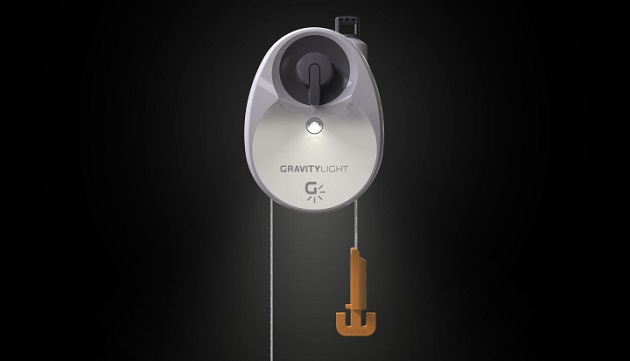You may not be aware of it but 20% of the world population has no access to electricity. These people are actually still relying on kerosene lamps to illuminate their homes. This makes even simple tasks hard to complete especially in the evenings. As a solution, English engineers have gathered to create a sustainable and innovative method of lighting up people’s homes with the aid of gravity, consequently inventing a device called GravityLight.
What is GravityLight?
GravityLight is an innovative solution for providing a clean, environment-friendly, reliable, and safe light to those without electricity. It frees the people from the environmental, economic, and health hazards of regularly using a kerosene lamp. The GravityLight lamp will efficiently provide sufficient light without the need of electricity, sunlight, or battery.
It is purely powered by gravity in order to make it easily accessible to those in need. The engineers responsible also specially designed the lamp to be as simple as possible so that more people will be able to use it.
The Problem With Using Kerosene Lamps
Kerosene lamps are simple to make and it can provide enough light to achieve simple tasks. However, there are more than a couple of downsides to using a kerosene lamp.
With regard to health, the fumes that kerosene lamps emit are very hazardous to a person’s well-being. In fact, the World Bank estimates that there are about 780 million women and children around the world who breathe kerosene fumes equivalent to 40 cigarettes every day. This can cause cancer and multiple breathing problems especially for young children.
Economically, kerosene lamps are poverty traps. They consume up to 30% of the income of people from the poorest populations.
Environmentally, kerosene lamps are responsible for 3% of the world’s total carbon dioxide emissions. It is also a significant source of black carbon which causes an intense local warming impact.
Moreover, the flame of a kerosene lamp causes much concern since it’s very unsafe. In fact, 1.5 million people suffer from severe burns each year in India alone, primarily due to overturned kerosene lamps. It can also cause rapidly-spreading fires especially in slums and refugee camps.
How It Works
GravityLight works through a pulley system wherein a weight of 12 kg is installed to allow a 6 feet or 1.8 meter drop. The weight must be lifted and on release, it will fall very slowly, about 1 mm per second, providing 20 minutes of light during its descent.
The movement will rotate a drive sprocket and provide a low speed, high torque input which is then turned into a high speed, low torque output by a polymer geartrain running through the device. The output will then power a DC generator at thousands of rotations per minute consequently generating a deciwatt enough to power an onboard LED and ancillary devices. The light that will be produced by the system is five times brighter than the typical kerosene lamp.
Once the weight reaches the floor, it will only take a second to lift it up again and instantly provide minutes of light as the process repeats.
The Solution
GravityLight will provide instant light anytime without the need of charging or maintaining a regular cost. It doesn’t pose the risk of degrading batteries or unaccountability since it doesn’t need batteries or solar power to work. It can also be used no matter what the weather is and it can be stored indefinitely.
Since GravityLight is especially designed for families in developing countries, GravityLight headquarters is located in Kenya in order to provide job opportunities for locals during its production and marketing. Initially, GravityLight’s crowdfunding campaign raised $270,000, funding 128% of the project.
The end goal of GravityLight is to provide efficient light to households without electricity, completely replacing kerosene lamps and eliminating its adverse effects.








